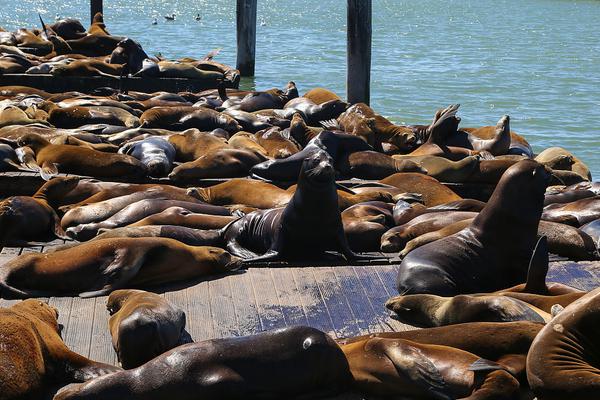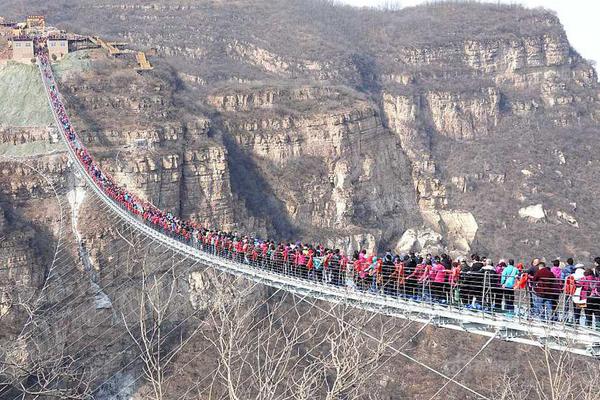【】
In March, coral reef scientists first raised the alarm about the third-ever global coral bleaching event reaching the iconic Great Barrier Reef in Australia.
Now, following detailed surveys of 84 of those coral reefs, researchers say mass bleaching due to record warm ocean temperatures has killed 35% of corals on the northern and central Great Barrier Reef, while southern areas have seen much lighter damage.
The Great Barrier Reef is listed as a World Heritage Site and is a major tourist draw to Australia. The Australian government is extraordinarily sensitive about the ongoing bleaching, having lobbied to take the reef out of a recent report on the effects of climate change on World Heritage sites.
SEE ALSO:Great Barrier Reef may perish by 2030s as ocean temperatures skyrocket, study findsFor this survey, researchers from the ARC Center of Excellence for Coral Reef Studies took to the air and sea to determine the health of corals that comprise the Great Barrier Reef, which stretches for 2,300 kilometers, or 1,430 miles, from the northeastern tip of Queensland south to Townsville.
The scientists found that the hardest-hit reefs are located from Cairns to north of Cooktown.
“We found on average, that 35% of the corals are now dead or dying on 84 reefs that we surveyed along the northern and central sections of the Great Barrier Reef, between Townsville and Papua New Guinea,” said Terry Hughes, Director of the ARC Center of Excellence for Coral Reef Studies at James Cook University, in a statement.
The reefs surveyed from Cairns southward were in far better shape, Hughes said. The average mortality of surveyed reefs south of Cairns was estimated to be just 5%.
The reefs in the southern parts of the Great Barrier Reef fared better because the ocean temperatures there were not as unusually mild.
Hughes said the coral bleaching event is a sign that global warming threatens the iconic but fragile Great Barrier Reef ecosystems.
Water temperatures in the Coral Sea, which encompasses much of the reefs, was record warm in March of this year.
The coral bleaching event is still underway in Australia and other parts of the world, and has been tied to the combination of human-caused global warming and an El Niño event that added more heat to Pacific Ocean temperatures, although that is now waning.
Coral bleaching occurs when coral expels the algae, known as zooxanthellae, that lives in its tissue, giving it color and nutrients. This action, caused by stresses such as increased water temperature and pollution, leaves the coral skeleton exposed, making it more susceptible to heat stress, disease and pollution.
 Sea surface temperature departures from average in March 2016.Credit: Mitchell Black
Sea surface temperature departures from average in March 2016.Credit: Mitchell BlackBleached corals can recover if the ocean waters cool or pollutants diminish. However, they can die if the stressors last too long.
Doubts about the long-term survival of the Great Barrier Reef
A separate study looking at the effects of increasing water temperatures across the Great Barrier Reef recently projected that this year's extreme warmth is likely to take place once every two years by the year 2034, which presents a dire scenario for the long-term survival of the reefs.
That analysis' findings dovetail with other research that has predicted the mass die-off of coral reefs around the planet by the year 2050, as waters warm and exceed the tolerance level of many coral reef systems.
For the study, scientists found that human-caused global warming made the record warm ocean temperatures and related bleaching events seen this year at least 175 times more likely to occur.
 Dying coral colonised by seaweed at Lizard Island during current bleaching event.Credit: Dorothea Bender-Champ
Dying coral colonised by seaweed at Lizard Island during current bleaching event.Credit: Dorothea Bender-Champ“This year is the third time in 18 years that the Great Barrier Reef has experienced mass bleaching due to global warming, and the current event is much more extreme than we’ve measured before," Hughes said.
“These three events have all occurred while global temperatures have risen by just 1 degree Celsius above the pre-industrial period," he said. This works out to a temperature increase of 1.8 degrees Fahrenheit compared to preindustrial times.
“We’re rapidly running out of time to reduce greenhouse gas emissions,” Hughes said.
The estimated mortality from the 2015-16 coral bleaching event is not a final number, with additional surveys scheduled for the coming months to tally up the total loss of corals.
 Coral Reef Watch forecast through September 2016.Credit: NOAA
Coral Reef Watch forecast through September 2016.Credit: NOAAFortunately for the Great Barrier Reef, the current forecast for heat stress and coral bleaching shows cooler conditions prevailing during the southern hemisphere's winter season, at least through September.
Meanwhile, heat stress will pose a major threat to corals in parts of the Northwestern Pacific Ocean, Indian Ocean and Caribbean.
Have something to add to this story? Share it in the comments.
相关文章

Carlos Beltran made a very interesting hair choice
Apparently the Texas Rangers' Carlos Beltran is taking hair advice from another Carlos in sports --2025-12-15
Basslet's wearable subwoofer lets you feel the bass in your body
LAS VEGAS -- Do your headphones pack enough bass? Even if they do, they can never give you that expe2025-12-15
Julian Assange says once again that Russia is not Wikileaks' source
Wikileaks founder Julian Assange is claiming again that a Russian-connected source didn't leak hacke2025-12-15
Can you spot the massive error in this Washington Post cover?
The Women's March on Washington is poised to become the largest anti-inauguration protest, which is2025-12-15
Katy Perry talks 'Rise,' her next batch of songs, and how to survive Twitter
Katy Perry recently surpassed 90 million followers on Twitter, making her the person with the most f2025-12-15
New Delhi hits chilliest temperature this season and people won't stop complaining
The mercury has dipped to the season's lowest temperature so far of 4 degrees Celsius in India's cap2025-12-15

最新评论